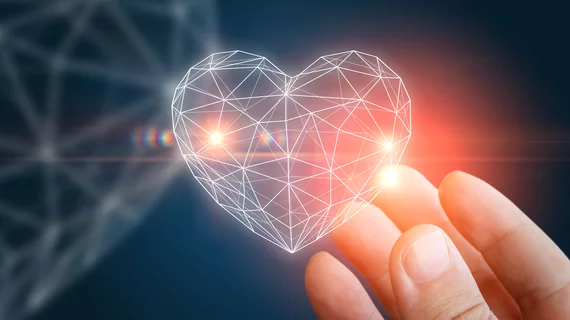Researchers uncover evidence of atherosclerosis in ancient hunter-gatherers
Researchers studying ancient Inuit remains from Greenland have found that three in four mummies they analyzed showed signs of atherosclerosis, suggesting today’s CV hardships might not be the sole product of an unhealthy lifestyle in the 21st century.
Gregory Thomas, MD, and colleagues’ goal was to determine if today’s leading cause of death was also prevalent in ancient populations that lived 500 years ago, Cardiology 2.0 reported Jan. 7. Thomas and his team used high-resolution CT scans to detect hardened calcium deposits in the blood vessels of hunter-gatherers who lived centuries ago, finding the mummies demonstrated the same early signs of atherosclerosis as living humans and other mummies.
The remains in question, which included adults aged 18 to 30, were preserved by the Peabody Museum of Archaeology and Ethnology. Cardiology 2.0 reported that Thomas et al.’s results “potentially reverse a theory from 50 years ago” that a diet high in omega-3 fatty acids, like those found in fish, is cardioprotective.
“The findings that atherosclerosis is common in young Greenlandic Inuits challenge our fundamental understanding of atherosclerosis and demonstrate that atherosclerosis is an inherent threat to humans,” Thomas said. “While atherosclerosis is a fundamental process of aging, it can be delayed.”
Read the full story below:

